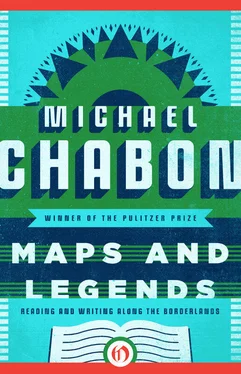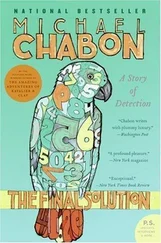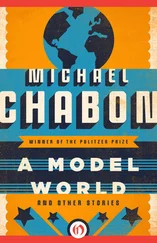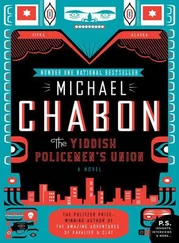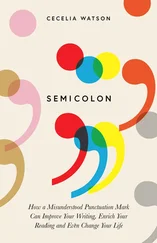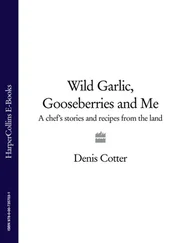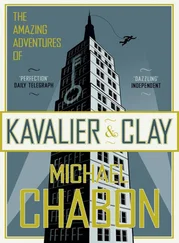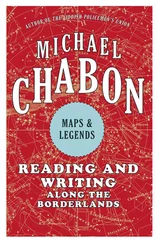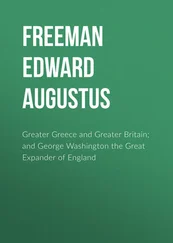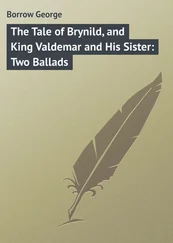Of all the means writers of fiction have devised for spanning the chasm between two human skulls, the short story maps the most efficient path. Cartographers employ different types of maps — political, topographic, dot — to emphasize different kinds of information. These different types are complementary; taken together they increase our understanding. I would like to argue for the common-sense proposition that, in constructing our fictional maps as short-story writers, we are foolish to restrict ourselves to one type or category.
Imagine that, sometime about 1950, it had been decided, collectively, informally, a little at a time, but with finality, to proscribe every kind of novel but the nurse romance from the canon of the future. Not merely from the critical canon, but from the store racks and library shelves as well. Nobody could be paid, published, lionized, or cherished among the gods of literature for writing any kind of fiction other than nurse romances. Now, because of my faith and pride in the diverse and rigorous brilliance of American writers of the last half century, I do believe that from this bizarre decision, in this theoretical America, a dozen or more authentic masterpieces would have emerged. Thomas Pynchon’s Blitz Nurse, for example, and Cynthia Ozick’s Ruth Puttermesser, R.N. One imagines, however, that this particular genre — that any genre, even one far less circumscribed in its elements and possibilities than the nurse romance — would have paled somewhat by now. In that oddly diminished world, somebody, somewhere, is laying down his copy of Dr. Kavalier & Nurse Clay with a weary sigh.
Instead of “the novel” and “the nurse romance,” try this little thought experiment with “jazz” and “the bossanova,” or with “cinema” and “fish-out-of-water comedies.” Now go ahead and try it with “short fiction” and “the contemporary, quotidian, plotless, moment-of-truth revelatory story.”
Suddenly you find yourself sitting right back in your very own universe.
Okay, I confess. I am that bored reader, in that circumscribed world, laying aside his book with a sigh; and the book is my own, and it is filled with my own short stories, plotless and sparkling with epiphanic dew. It was in large part a result of a crisis in my own attitude toward my work in the short-story form that sent me back into the stream of alternate time, back to the world as it was before we all made that fateful and perverse decision.
As late as about 1950, if you referred to “short fiction,” you might have been talking about any one of the following kinds of stories: the ghost story; the horror story; the detective story; the story of suspense, terror, fantasy, science fiction, or the macabre; the sea, adventure, spy, war, or historical story; the romance story. All these genres and others have rich traditions in America, reaching straight back to Poe and Hawthorne, our first great practitioners of the form. A glance at any dusty paperback anthology of classic tales turns up important genre work by Balzac, Wharton, Conrad, Graves, Maugham, Faulkner, Twain, Cheever, Coppard. Heavyweights all, some considered among the giants of modernism, the very source of the moment-of-truth story that, like Homo sapiens, appeared relatively late on the scene but has worked very quickly to wipe out all its rivals. One of the pioneers of the modern “psychological” short story as we now generally understand it, Henry James (famously derided by critic Maxwell Geismar as merely “a major entertainer”), wrote so many out-and-out ghost stories that they fill an entire book. “Genre” short stories were published not only by the unabashedly entertaining pulps, which gave us Hammett, Chandler, and Lovecraft among a very few other writers now enshrined more or less safely in the canon, but also in the great “slick” magazines of the time: the Saturday Evening Post, Esquire, Collier’s, Liberty, and even the New Yorker, that proud bastion of the moment-of-truth story that has only recently, and not without controversy, made room in its august confines for the likes of Stephen King.
Over the course of the twentieth century the desire of writers and critics alike to strip away the sticky compound of Orange Crush and Raisinets that encrusts the idea of entertainment, and thus of literature as entertainment, radically reduced our understanding of the kinds of short stories that belong in prestigious magazines or yearly anthologies of the best American short stories. Thanks to the heavy reliance of the new mass media (film, then radio and TV) on adapting and exploiting the more plot-centered literary genres — from Star Wars to Pirates of the Caribbean, every blockbuster summer film of the past twenty years, almost without exception, fits safely into one or another of the old standby categories—“genre” absorbed the fatal stain of entertainment. Writers — among them some of our finest — kept turning out short stories of post-apocalypse America or Arizona gunmen or hard-boiled detection. But they could no longer hope to see their work published in top-drawer literary magazines, and in the meantime the pulps and the slicks alike dried up, blew away, or stopped publishing short fiction entirely.
And so as with our idea of entertainment, our idea of genre — one of those French words, like crêpe, that no one can pronounce both correctly and without sounding pretentious — is of a thing fundamentally, perhaps inherently debased, infantile, commercialized, unworthy of the serious person’s attention. The undoubted satisfactions that come from reading science fiction or mystery stories are to be enjoyed only in childhood or youth, or by the adult reader only as “guilty pleasures” (a phrase I loathe). A genre implies a set of conventions — a formula — and conventions imply limitations (the argument goes), and therefore no genre work can ever rise to the masterful heights of true literature, free (it is to be supposed) of all formulas and templates.
This emphasis on the conventionality, the formulaic nature of genre fiction, is at least partly the fault of publishers and booksellers, for whom genre is largely a marketing tool, a package of typefaces and standardized imagery wrapped around a text whose idea of itself as literature, should it harbor one, is more or less irrelevant. “Science fiction,” therefore, becomes any book sold in the section of the bookstore so designated. The handsome Vintage Internationals edition of Nabokov’s Ada, or, Ardor —an extended riff on alternate-world and time theories and a key early example in the retro-futuristic subgenre of science fiction that years later came to be known as steampunk — would look out of place in the science-fiction section, with the blue-foil lettering, the starships, the furry-faced aliens, the electron-starred vistas of cyberspace. Ada, therefore, is not science fiction.
Accepting such an analysis sounds like the height of simple-mindedness, yet it is an analysis that you, and I, and both those who claim to love and those who claim to hate science fiction, make, or at least accede to, every time we shop in a bookstore. Though the costly studies and extensive research conducted by the publishing industry remain closely guarded secrets, apparently some kind of awful retailing disaster would result if all the fiction, whether set on Mars or Manhattan, concerning a private eye or an eye doctor, were shelved together, from Asimov and Auster to Zelazny and Zweig. For even the finest writer of horror or sf or detective fiction, the bookstore, to paraphrase the LA funk band War, is a ghetto. From time to time some writer, through a canny shift in subject matter or focus, or through the coming to literary power of his or her lifelong fans, or through sheer, undeniable literary chops, manages to break out. New, subtler covers are placed on these writers’ books, with elegant serif typefaces. In the public libraries, the little blue circle with the rocket ship or the magnifying glass is withheld from the spine. This book, the argument goes, has been widely praised by mainstream critics, adopted for discussion by book clubs, chosen by the Today show. Hence it cannot be science fiction.
Читать дальше
Конец ознакомительного отрывка
Купить книгу
